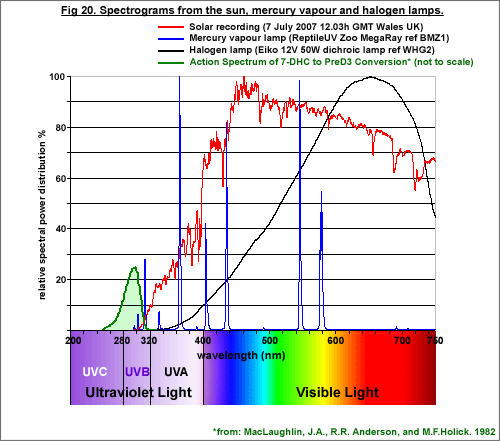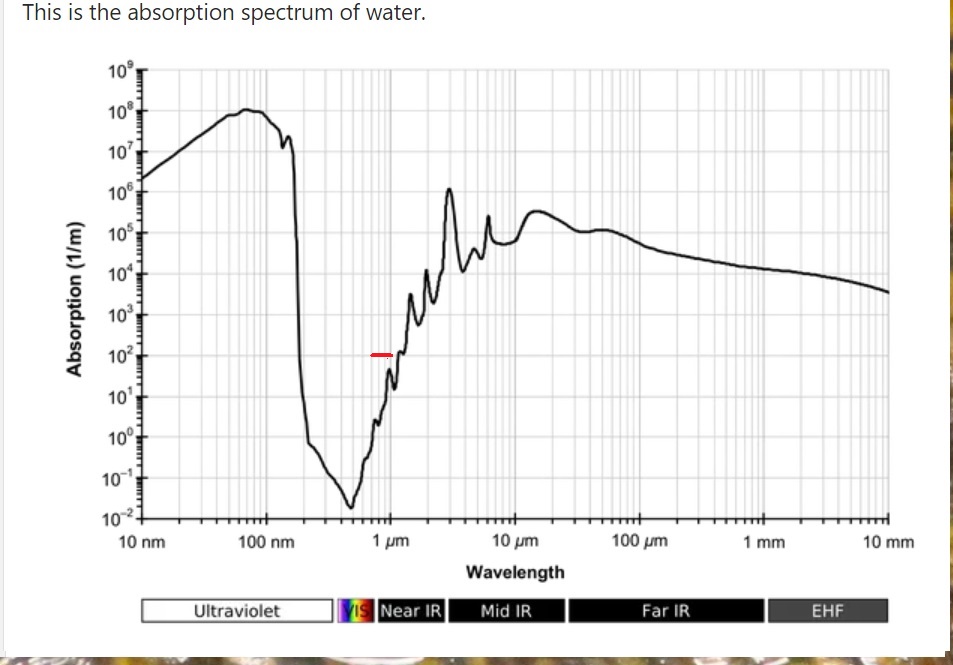Facts about Mercury Vapor Bulbs - by: Bob MacCargar
I have at this time I have tested well over a 130 Reptile Mercury Vapor bulbs for UVB out-put, UVB decay, and failure rates
MV bulbs produce 3 times more UVB in the 290-300 (D-UV) nanometer range than “tube” type UVB bulbs of the total UVB out-put. 10uW/cm2@12’ from a MV FLOOD lamp is equivalent to 30uW/cm2 from a tube lamp.
In a recent study by Dr. Gehrmann and associates, of spiny tailed iguanas, showed that MV SPOT lamps brought the hydroxyl (OH25) levels in the blood equal to those found in the wild. Interestingly the majority of creatures in this controlled study also preferred to bask under the Mercury Vapor SPOT lamps in comparison to the alternative UVB light and heat source
I have at this time I have tested well over a 130 Reptile Mercury Vapor bulbs for UVB out-put, UVB decay, and failure rates
MV bulbs produce 3 times more UVB in the 290-300 (D-UV) nanometer range than “tube” type UVB bulbs of the total UVB out-put. 10uW/cm2@12’ from a MV FLOOD lamp is equivalent to 30uW/cm2 from a tube lamp.
In a recent study by Dr. Gehrmann and associates, of spiny tailed iguanas, showed that MV SPOT lamps brought the hydroxyl (OH25) levels in the blood equal to those found in the wild. Interestingly the majority of creatures in this controlled study also preferred to bask under the Mercury Vapor SPOT lamps in comparison to the alternative UVB light and heat source




